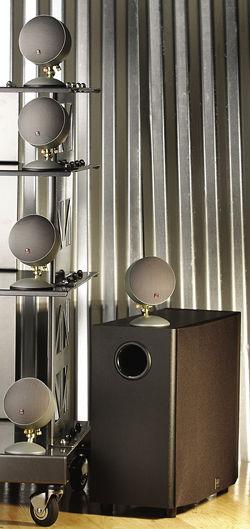LATEST ADDITIONS
|
Jan 18, 2005 |
First Published: Jan 19, 2005
|
Jan 18, 2005 |
First Published: Jan 19, 2005
|
Jan 18, 2005 |
First Published: Jan 19, 2005
|
Jan 18, 2005 |
First Published: Jan 19, 2005
|
Jan 18, 2005 |
First Published: Jan 19, 2005













